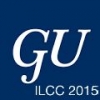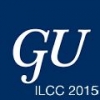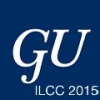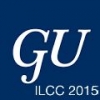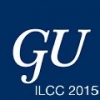In the foreign language classroom, images are widely used in many different ways. However, analyzing the majority of textbooks currently used, it is apparent that images are used for different purposes, but rarely to support grammar explanations.
Articoli e presentazioni / Papers and presentations
In this section you'll find papers written by scholars of free access and Power-Point presentations made at Conferences that might be useful for Italian Language Teachers and Scholars.
Over the past two quarters I have taught Italian 1 and Italian 2 as pilot hybrid courses in the Department of Italian at UCLA. These courses met 2 days a week for an hour and fifteen minutes each session. My previous experience teaching 100% online Italian courses for Cal State University Long Beach helped me structure a hybrid course since students in this type of course need a lot more direction on how to study and use online materials independently. In order to address these issues, I created a detailed course program/study flow chart and a welcome letter.
Technology-enhanced curricula offer students increased exposure to the target language and provide more opportunities to perform in the target language by negotiated language use with their instructors and classmates alike, both in and out of the classroom. The Department of Italian is currently offering two sections of Intensive Italian Advanced I, one traditional (five days a week in class) and one hybrid (three days a week in class and two days online). This new format, which consists of both online and face-to-face instruction, has been devel
This presentation will examine the use of visual resources, including graphs and maps as well as posters, photographs and works of art, to elicit content in an Italian Language and Culture Curriculum. One of the AP curricular requirements states that a World Language and Culture course provides opportunities for students to demonstrate their ability in Interpretive Communication to understand and synthesize information from a variety of authentic visual resources.
September, 1932. A group of workers have lunch atop a skyscraper while photographer Charles Clyde Ebbets catches the convivial moment. Is it a fortuitous scoop or a pre-arranged set up? According to historians and archivists at Corbis Images, it was a publicity stunt. Nonetheless, it lends itself to a presentation that will use this photo to elicit students’ reflections, inferences, and critical thinking; at the same time, the instructor’s guided debate will aim to provoke the students’ production of oral and written language.



